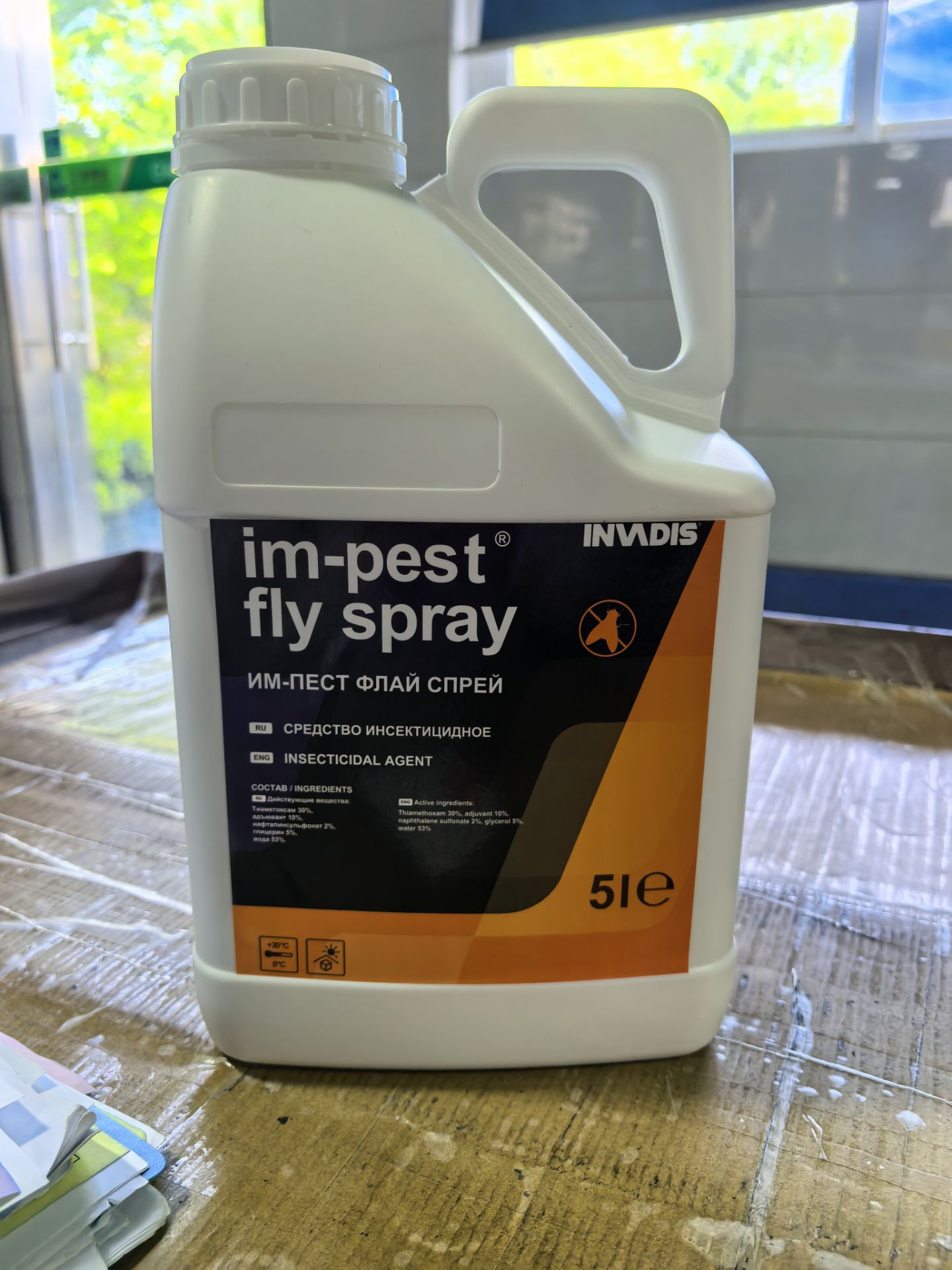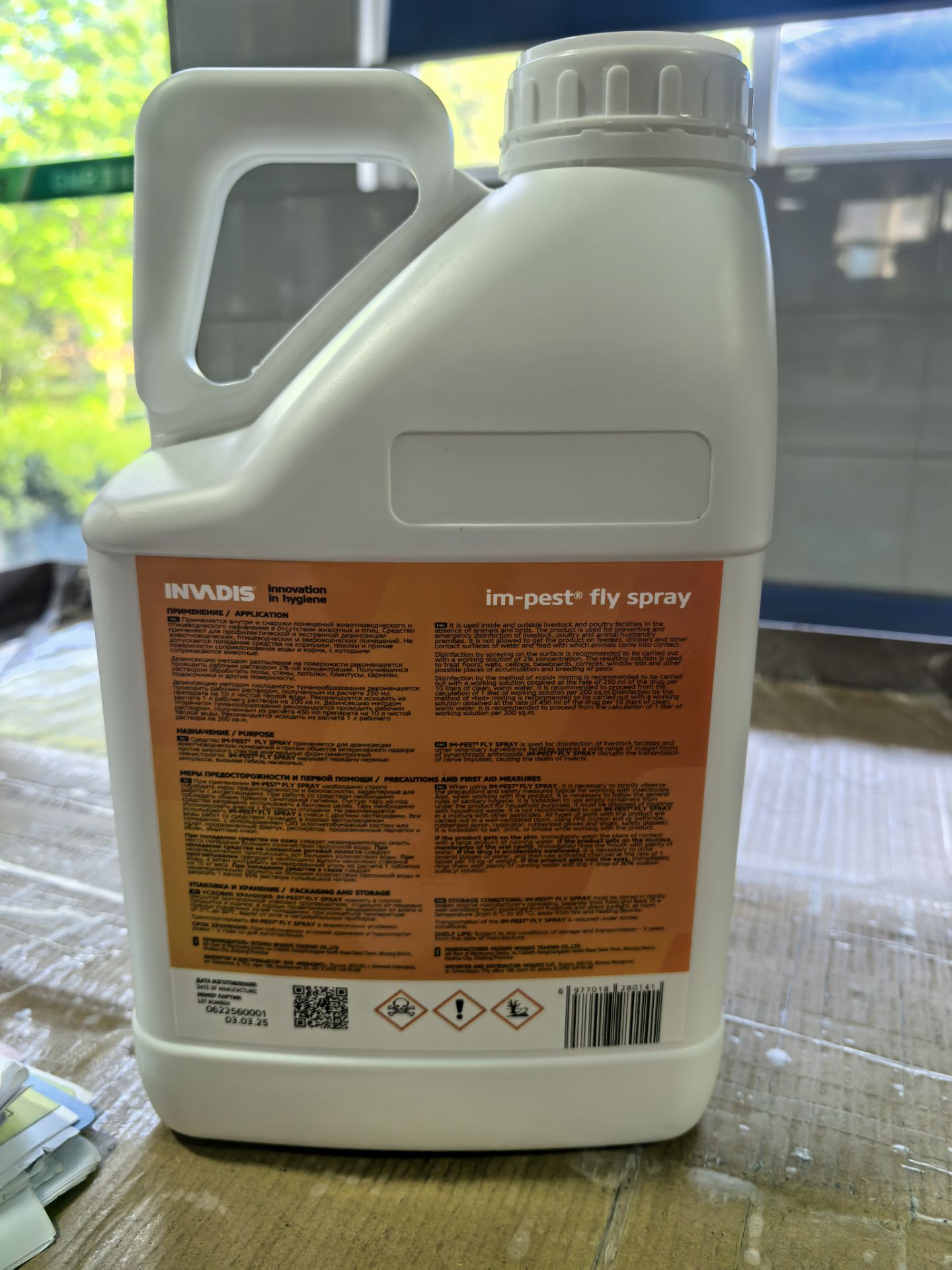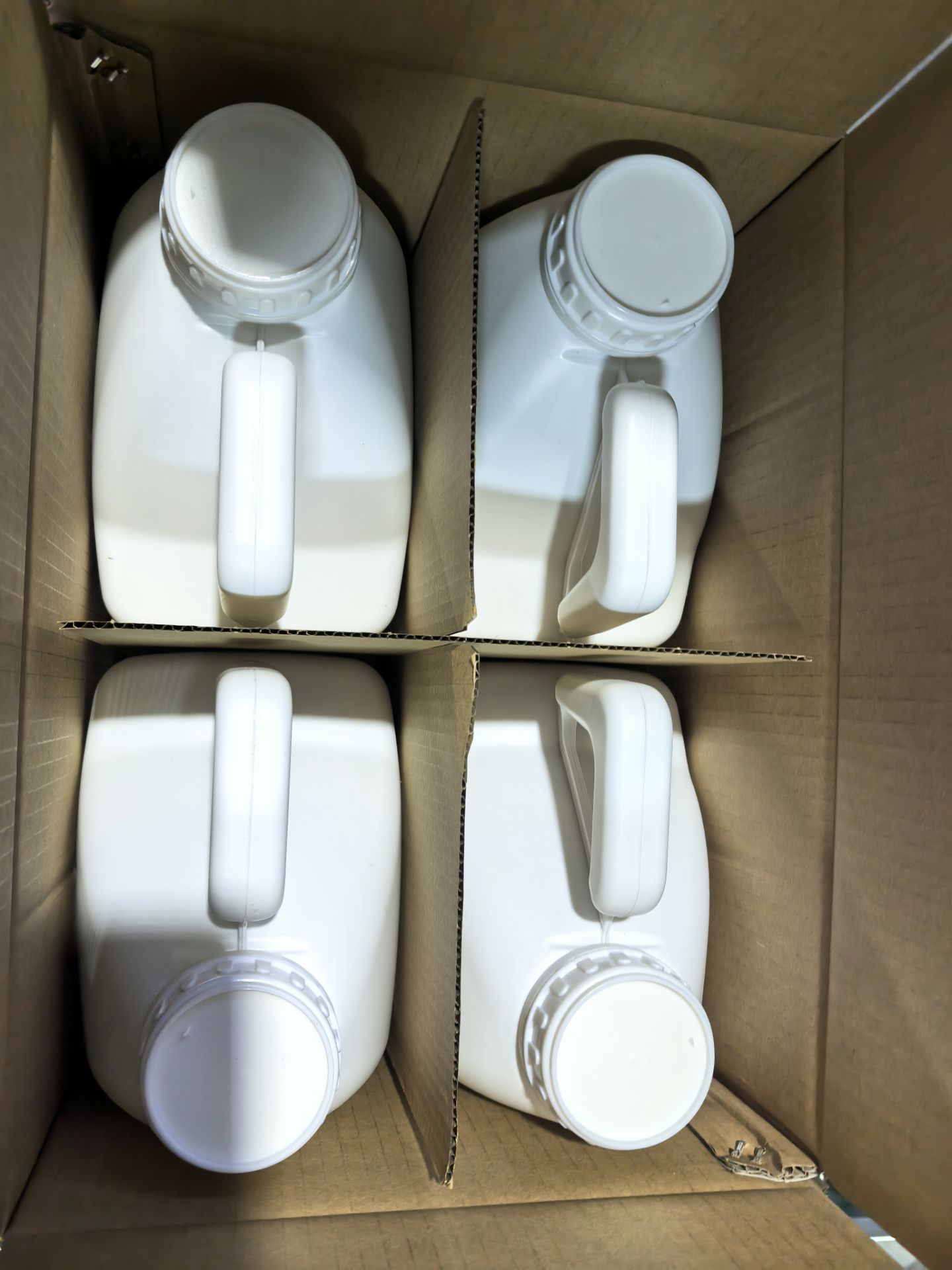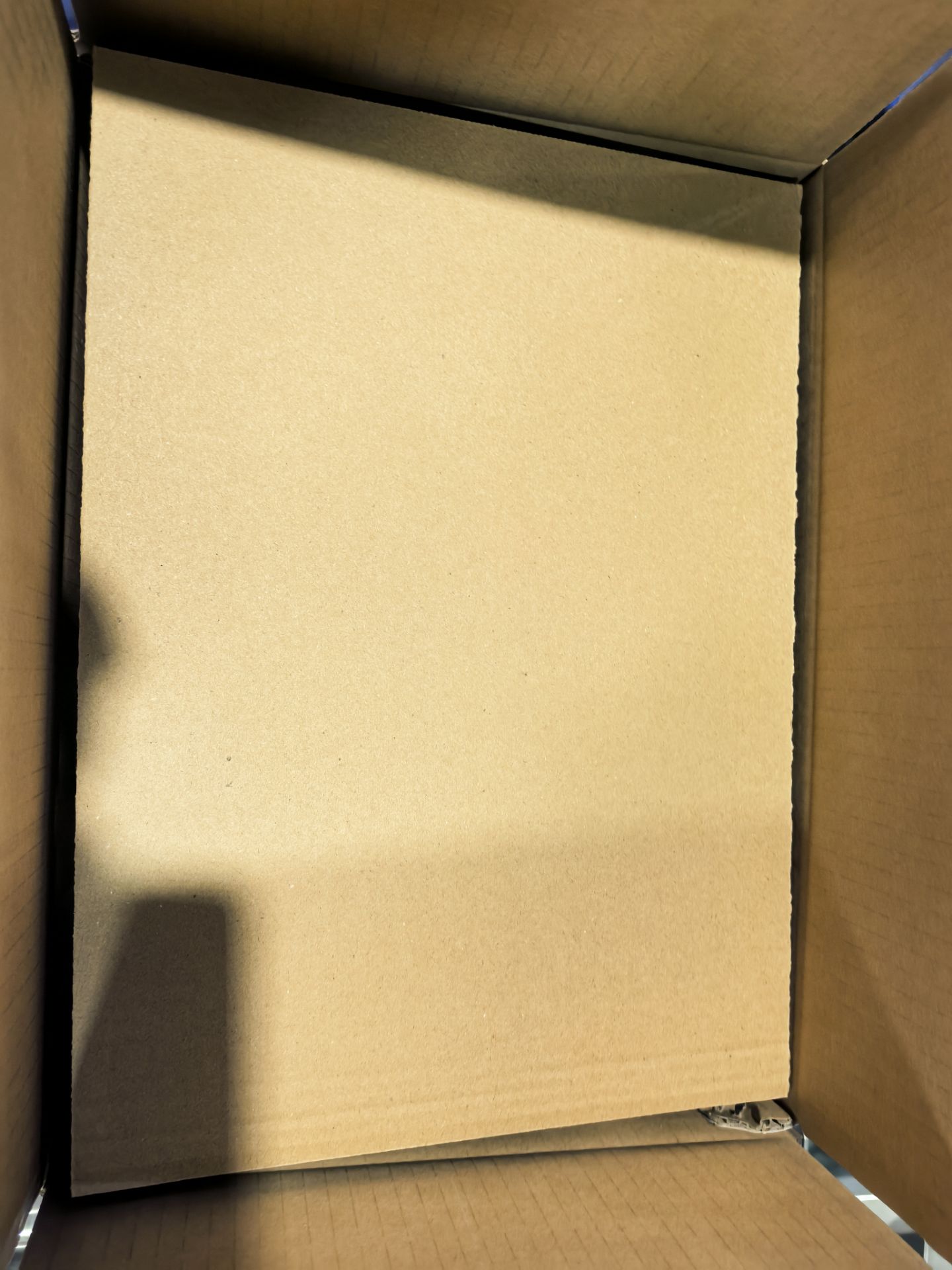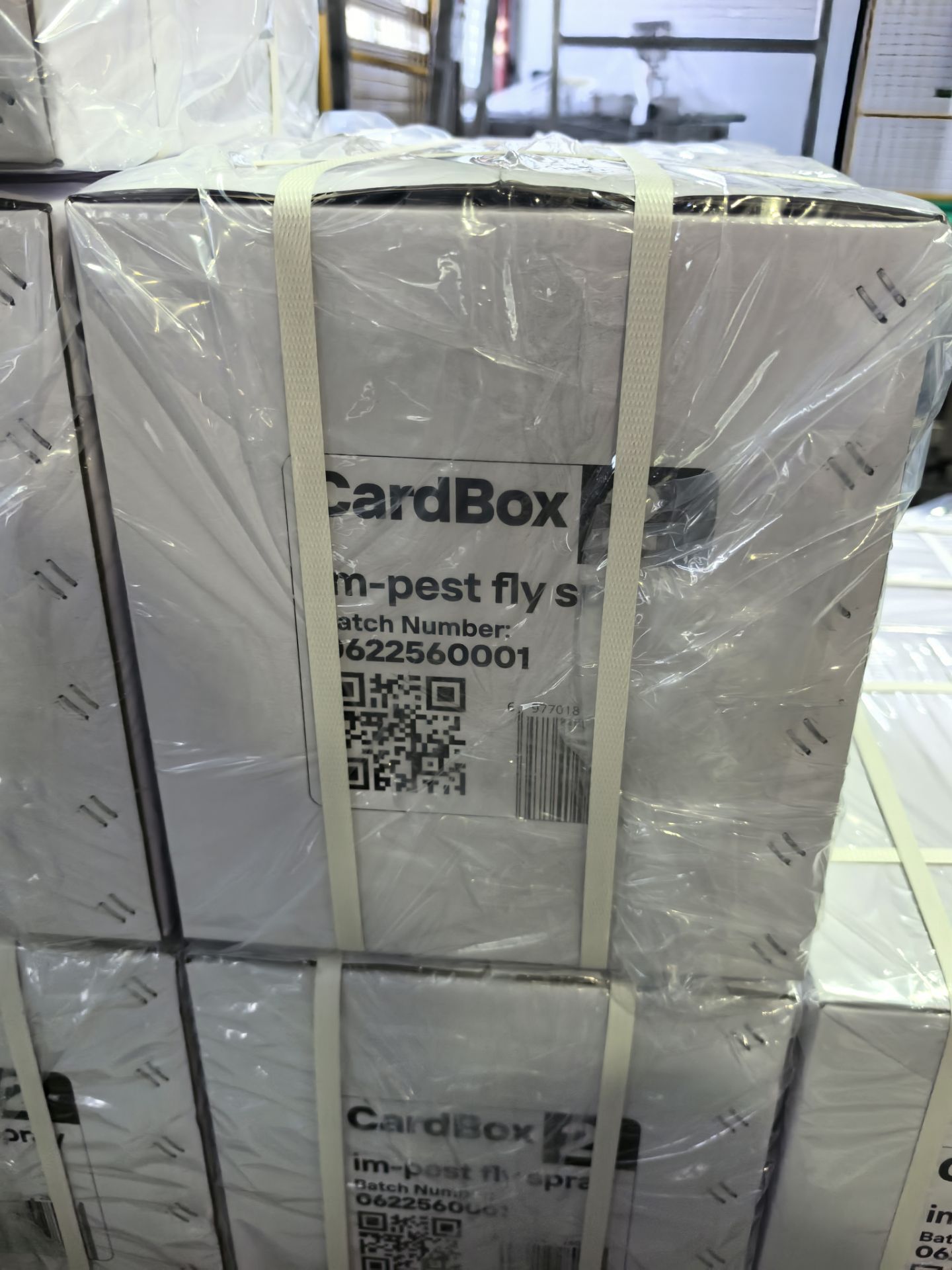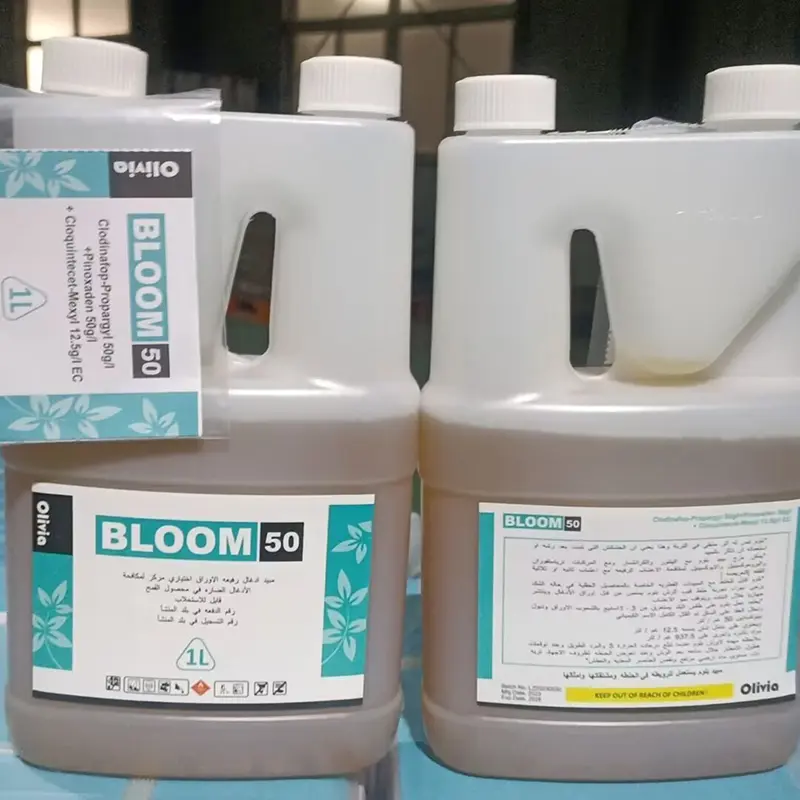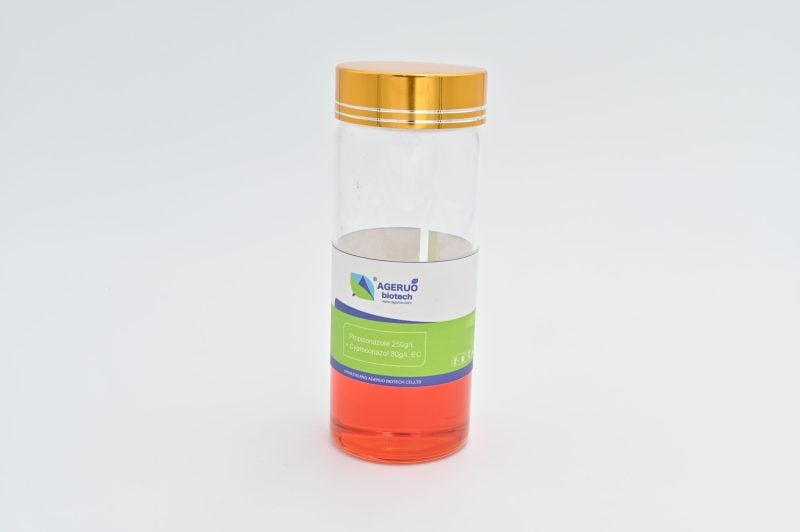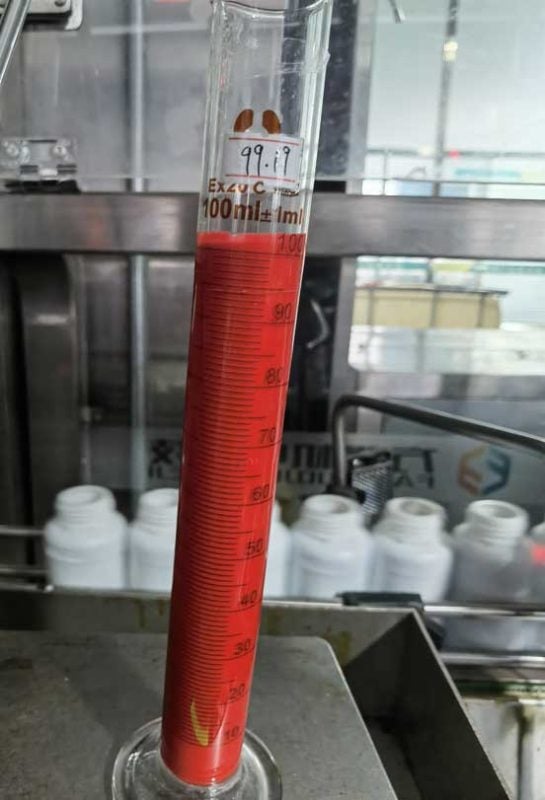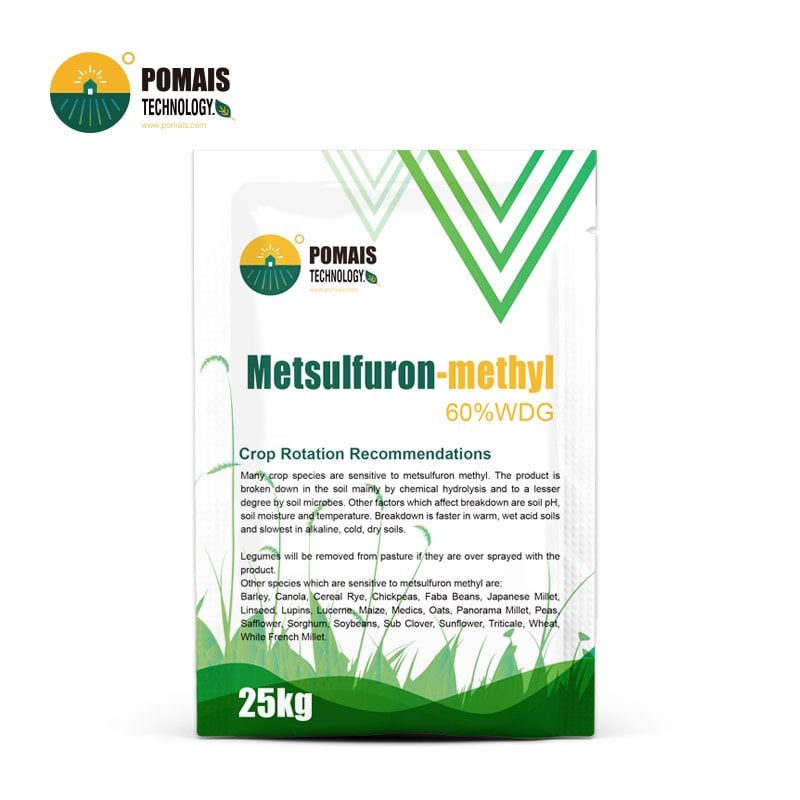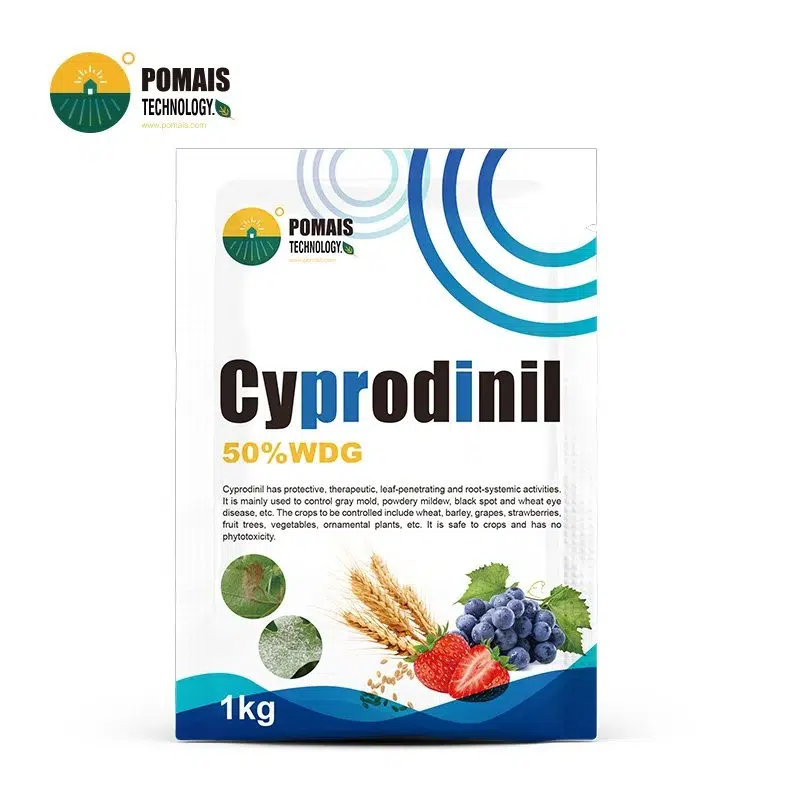Cypermethrin 10 g + Tetramethrin 2 g + Piperonyl Butoxide 10 g CS
A dual-pyrethroid capsule suspension (CS) with PBO synergist that gives you fast knockdown and lasting residual on indoor, non-food-contact surfaces. The low-odor, low-staining microcapsules improve comfort and surface compatibility while supporting consistent control in public-hygiene programs. OEM labels and full documents (COA/MSDS/TDS) available. Always follow the product label and local regulations.
- Designed for Professional Buyers & Bulk Orders
- This product is available for business purchase and large-scale distribution.
- We support custom packaging, labeling, and formulation to meet your market needs.
- Let’s build your brand together.

About Cypermethrin 10 g + Tetramethrin 2 g + Piperonyl Butoxide 10 g CS
About Cypermethrin 10 g + Tetramethrin 2 g + Piperonyl Butoxide 10 g CS
| Composition | Cypermethrin 10 g + Tetramethrin 2 g + Piperonyl Butoxide 10 g |
| Formulation | CS (Capsule Suspension) — low-odor, low-staining, controlled release |
| IRAC / MOA | 3A dual pyrethroids (sodium channel modulators) + PBO synergist |
| Performance | Fast knockdown + residual surface control on non-food-contact indoor surfaces |
| Target Pests | Mosquitoes, flies, cockroaches, ants, fleas (label-dependent) |
| Use Areas | Hotels, offices, retail, warehouses, equipment rooms, perimeter (per label) |
| Documentation | COA / MSDS (SDS) / TDS supplied with each batch |
| OEM Options | Private label, multilingual artwork, barcoding/QR, tamper-evident |
| Packs | Bulk & retail pack sizes available; palletization on request |
| Lead Time / MOQ | Confirmed at quotation; forecast-based scheduling |
Cypermethrin 10 g + Tetramethrin 2 g + Piperonyl Butoxide 10 g CS Insecticide
This formulation combines Cypermethrin 10 g and Tetramethrin 2 g with Piperonyl Butoxide 10 g in a capsule suspension (CS) to deliver fast knockdown plus durable residual on indoor, non-food-contact surfaces. The microencapsulated system helps reduce odor and surface staining while supporting even coverage and controlled release, so programs remain effective between routine cleaning cycles.
Where it performs
Designed for public-hygiene and commercial facility use—hotels, offices, retail, warehouses, equipment rooms, and building perimeters as permitted by the label. It fits integrated pest management (IPM) plans, pairing knockdown for immediate relief with residual protection to stabilize low pest pressure. Always align use with local registration and the product label.
Why it’s valuable
- Dual-pyrethroid + PBO synergy: rapid effect + sustained control.
- Low-odor, low-staining microcapsules: better user experience and surface compatibility.
- Program-ready: integrates with monitoring, sanitation, and exclusion steps in IPM.
- Procurement-friendly: OEM labels, multilingual artwork, and full documents (COA/MSDS/TDS) available.
Mode of Action & Synergy
How it works
Cypermethrin and Tetramethrin are IRAC Group 3A pyrethroids that modulate voltage-gated sodium channels in insect nerve membranes, causing repetitive firing, knockdown, and death. The capsule suspension (CS) protects the active on the surface, supporting controlled release and residual performance on indoor, non-food-contact substrates.
Role of each component
- Tetramethrin 2 g — fast knockdown: highly effective for immediate flush-out and rapid incapacitation of exposed flying and crawling insects.
- Cypermethrin 10 g — residual barrier: provides longer-lasting deposits on treated surfaces to maintain low pressure between cleaning cycles.
- Piperonyl Butoxide 10 g — synergist: a cytochrome P450 inhibitor that suppresses metabolic detoxification, enhancing 3A pyrethroid performance. PBO is non-insecticidal by itself; it improves knockdown reliability when insects show elevated oxidative metabolism.
Resistance and program fit
- Build rotations and combinations with different IRAC groups (e.g., non-3A actives or IGR modules) as permitted by the local label, and integrate sanitation, exclusion, and monitoring for a complete IPM program.
- Avoid repeated use as a single tool against the same population; document intervals and outcomes to support stewardship and audit needs.
Key performance drivers
- Surface type: non-porous, clean surfaces yield more uniform, durable deposits; heavy dust/grease or porous substrates reduce persistence.
- Environment: temperature, ventilation, and cleaning frequency affect the residual window; minimize unnecessary wet cleaning soon after treatment where regulations allow.
- Application quality: even coverage, correct spray pattern, and label-approved adjuvants or partners improve consistency. Always jar-test first-time mixes.
Target Pests
Scope (label-dependent)
This CS formulation targets common public-hygiene pests on indoor, non-food-contact surfaces. Efficacy depends on surface type, sanitation, and population susceptibility. Always confirm local registration and label directions before use.
- Flying insects: mosquitoes, houseflies, moth flies (drain flies), nuisance midges.
- Crawling insects: cockroaches (German/American), ants (non-carpenter household species), fleas, silverfish, earwigs.
- Occasional invaders: crickets, ground beetles, pantry/warehouse invaders as allowed by label.
Program guidance
Use as part of IPM with inspection, exclusion, and sanitation. For insect populations with known pyrethroid tolerance, expect variable response; pair with non-3A tools or IGR modules per label. Re-treat only as permitted.
Use Areas
Intended sites (where registered)
For indoor, non-food-contact surfaces in professional and commercial settings: hotels, offices, retail, schools (non-occupied treatment windows), warehouses, equipment rooms, utility spaces, stairwells, corridors, transport hubs, and building perimeters. Suitable for sealed floors, baseboards, wall void access points, cracks/crevices, and entry zones as specified on the label.
Restrictions & good practice
- Do not apply to food-contact surfaces or in active food processing zones unless the label explicitly permits with special procedures.
- Keep spray off HVAC intakes, open flames, and energized switchgear; ensure adequate ventilation during and after treatment.
- Protect aquaria and sensitive animals; prevent run-off to drains unless the label allows.
- Observe re-entry and cleaning intervals as directed; maintain treatment records for audits.
Application & Program Fit
How you deploy it
Use this capsule suspension (CS) as a residual surface spray on indoor, non-food-contact surfaces, with optional crack-and-crevice or spot treatments where the label permits. The Tetramethrin fraction delivers fast knockdown for immediate relief, while Cypermethrin provides controlled-release residual between normal cleaning cycles. Always align timing with site routines (traffic, ventilation, cleaning frequency) so the residual film remains effective without disrupting operations.
IPM integration
- Pair with sanitation and exclusion (seal entry points, manage waste and moisture) to reduce re-infestation pressure.
- Combine, where allowed by the local label, with non-3A tools (e.g., IGR modules) to manage life stages and slow resistance selection.
- For ants and cockroaches, use baits or gels in tandem—but avoid spraying directly over bait placements to preserve palatability.
- Schedule monitoring (sticky traps/inspections) before and after treatment to verify trend reduction and set re-service triggers.
Operational guidance
- Apply to clean, non-porous or sealed surfaces for more uniform deposits; porous, dusty, or greasy substrates reduce persistence.
- Respect re-entry and re-treatment intervals on the label; do not exceed maximum frequency or load.
- Use even spray patterns and maintain agitation in the tank; jar-test any first-time partner or adjuvant if the label allows mixing.
- Document target sites, dates, and outcomes to support audits and stewardship reporting.
Formulation Advantages — CS
Microencapsulation you can rely on
The capsule suspension (CS) matrix holds cypermethrin and tetramethrin in microcapsules that release actives gradually, delivering fast knockdown with sustained residual on indoor, non-food-contact surfaces. You get low odor and low staining, so treatments fit hospitality, office, and retail environments without disrupting operations.
Clean handling and even coverage
You work with a pour-ready, low-dust liquid that maintains suspension stability under continuous agitation. The formulation spreads uniformly, helping you achieve consistent surface deposits and predictable results between routine cleaning cycles.
Surface and program compatibility
The CS system is designed for sealed floors, baseboards, trims, and crack/crevice sites indicated on the label. It integrates smoothly with IPM: monitoring, sanitation, exclusion, and—where the label allows—IGR modules or non-3A partners. Always verify compatibility on a small, inconspicuous area first.
Operational efficiency
Reduced odor and improved surface aesthetics help you minimize complaints and callbacks. The controlled-release film supports longer service intervals within label limits, allowing your team to plan routes and staffing more efficiently.
Stability & QC
What we validate
Each batch is released against HPLC identity/assay and monitored for viscosity, pH, suspensibility, wet-sieve particle profile, and appearance. Stability verification includes cold/heat storage and freeze–thaw cycling to protect field performance through seasonal transport and warehousing. Surface checks focus on low odor/low staining across common non-food-contact substrates (sealed concrete, tiles, painted trims) to support facility standards.
Storage & shelf integrity
Store in the original, tightly closed container under normal warehouse conditions, away from direct sunlight and ignition sources. Maintain good ventilation in chemical cages. Follow the label and SDS for shelf-life guidance, segregation rules, and spill procedures. Rotate stock FIFO and log batch IDs for traceability and audit readiness.
Safety & Stewardship
Worker protection & re-entry
Follow the label PPE, ventilation requirements, and any re-entry intervals (REI). Schedule treatments for non-occupied windows in sensitive sites (hospitality, education, healthcare), and post signage until the area can safely reopen.
Use restrictions & environmental care
Apply only to indoor, non-food-contact surfaces and building perimeters where registered. Keep spray off food-contact areas, aquaria, and HVAC intakes. Prevent wash-off to drains unless the label provides procedures. Dispose of rinsates and containers per local regulation (e.g., triple-rinse, puncture, and authorized collection).
Program stewardship
Integrate with IPM: inspection, sanitation, exclusion, and monitoring. Rotate or combine (per label) with non-3A tools/IGR modules to slow resistance. Keep precise treatment records (sites, dates, conditions, outcomes) for audits and continuous improvement.
OEM & Packaging
Brand execution
Private-label OEM with multilingual artwork, barcoding/QR, and tamper-evident options. Artwork templates align to local regulatory styles, including hazard statements and precautionary phrases per your market.
Packs & logistics
Bulk and retail pack sizes are available with leak-resistant closures and ship-ready outer cartons. We provide cartonization notes and pallet patterns on request to optimize container loading and reduce handling risk. Batch documents—COA/MSDS/TDS and QC summaries—ship with each lot for seamless intake and compliance checks.
Commercial enablement
Request sell-in sheets and a short use-positioning guide (knockdown + residual, indoor non-food-contact). We coordinate production slots and confirm lead-time windows/MOQ at quotation to align with seasonal launches.
Field Use Scenarios
Hospitality rooms & corridors
Low-odor microcapsules support quick room turnover and cleaner baseboards between cleaning cycles, improving guest comfort while maintaining low pest pressure.
Office & retail spaces
Treat cracks/crevices and perimeter lines during off-hours to stabilize conditions without disrupting business operations; track reductions via routine monitoring.
Warehouses & loading docks
Target entry points, wall-floor junctions, and equipment rooms; residual film helps hold pressure between sanitation rounds and routine floor care.
Transit hubs & utility areas
Apply to non-food-contact substrates in stairwells, corridors, and utility spaces; coordinate with ventilation cycles and housekeeping schedules.
FAQ
Why Choose POMAIS
Formulation engineering
Proven CS expertise with controlled release, low odor, and surface compatibility, validated by HPLC and stability programs.
Compliance & documentation
GHS-aligned labeling, COA/MSDS/TDS at shipment, and dossier support for market submissions where appropriate.
OEM readiness
Fast private-label turnarounds, multilingual artwork, barcoding/QR, and tamper-evident options to protect your brand.
Reliable delivery
Coordinated lead-time windows, pallet optimization, and predictable supply for seasonal demand.
Technical support
Pragmatic guidance on surface selection, IPM integration, and rotation planning to sustain results under real-world constraints.
Partner with POMAIS Today
Request your spec sheet, label templates, samples, and a confirmed MOQ/lead-time window. Share your target sites, pest list, and pack preferences—we will align formulation, labeling, and logistics to your market plan.
| Composition | Cypermethrin 10 g + Tetramethrin 2 g + Piperonyl Butoxide 10 g |
| Formulation | CS (Capsule Suspension) — low-odor, low-staining, controlled release |
| IRAC / MOA | 3A dual pyrethroids (sodium channel modulators) + PBO synergist |
| Performance | Fast knockdown + residual surface control on non-food-contact indoor surfaces |
| Target Pests | Mosquitoes, flies, cockroaches, ants, fleas (label-dependent) |
| Use Areas | Hotels, offices, retail, warehouses, equipment rooms, perimeter (per label) |
| Documentation | COA / MSDS (SDS) / TDS supplied with each batch |
| OEM Options | Private label, multilingual artwork, barcoding/QR, tamper-evident |
| Packs | Bulk & retail pack sizes available; palletization on request |
| Lead Time / MOQ | Confirmed at quotation; forecast-based scheduling |
Cypermethrin 10 g + Tetramethrin 2 g + Piperonyl Butoxide 10 g CS Insecticide
This formulation combines Cypermethrin 10 g and Tetramethrin 2 g with Piperonyl Butoxide 10 g in a capsule suspension (CS) to deliver fast knockdown plus durable residual on indoor, non-food-contact surfaces. The microencapsulated system helps reduce odor and surface staining while supporting even coverage and controlled release, so programs remain effective between routine cleaning cycles.
Where it performs
Designed for public-hygiene and commercial facility use—hotels, offices, retail, warehouses, equipment rooms, and building perimeters as permitted by the label. It fits integrated pest management (IPM) plans, pairing knockdown for immediate relief with residual protection to stabilize low pest pressure. Always align use with local registration and the product label.
Why it’s valuable
- Dual-pyrethroid + PBO synergy: rapid effect + sustained control.
- Low-odor, low-staining microcapsules: better user experience and surface compatibility.
- Program-ready: integrates with monitoring, sanitation, and exclusion steps in IPM.
- Procurement-friendly: OEM labels, multilingual artwork, and full documents (COA/MSDS/TDS) available.
Mode of Action & Synergy
How it works
Cypermethrin and Tetramethrin are IRAC Group 3A pyrethroids that modulate voltage-gated sodium channels in insect nerve membranes, causing repetitive firing, knockdown, and death. The capsule suspension (CS) protects the active on the surface, supporting controlled release and residual performance on indoor, non-food-contact substrates.
Role of each component
- Tetramethrin 2 g — fast knockdown: highly effective for immediate flush-out and rapid incapacitation of exposed flying and crawling insects.
- Cypermethrin 10 g — residual barrier: provides longer-lasting deposits on treated surfaces to maintain low pressure between cleaning cycles.
- Piperonyl Butoxide 10 g — synergist: a cytochrome P450 inhibitor that suppresses metabolic detoxification, enhancing 3A pyrethroid performance. PBO is non-insecticidal by itself; it improves knockdown reliability when insects show elevated oxidative metabolism.
Resistance and program fit
- Build rotations and combinations with different IRAC groups (e.g., non-3A actives or IGR modules) as permitted by the local label, and integrate sanitation, exclusion, and monitoring for a complete IPM program.
- Avoid repeated use as a single tool against the same population; document intervals and outcomes to support stewardship and audit needs.
Key performance drivers
- Surface type: non-porous, clean surfaces yield more uniform, durable deposits; heavy dust/grease or porous substrates reduce persistence.
- Environment: temperature, ventilation, and cleaning frequency affect the residual window; minimize unnecessary wet cleaning soon after treatment where regulations allow.
- Application quality: even coverage, correct spray pattern, and label-approved adjuvants or partners improve consistency. Always jar-test first-time mixes.
Target Pests
Scope (label-dependent)
This CS formulation targets common public-hygiene pests on indoor, non-food-contact surfaces. Efficacy depends on surface type, sanitation, and population susceptibility. Always confirm local registration and label directions before use.
- Flying insects: mosquitoes, houseflies, moth flies (drain flies), nuisance midges.
- Crawling insects: cockroaches (German/American), ants (non-carpenter household species), fleas, silverfish, earwigs.
- Occasional invaders: crickets, ground beetles, pantry/warehouse invaders as allowed by label.
Program guidance
Use as part of IPM with inspection, exclusion, and sanitation. For insect populations with known pyrethroid tolerance, expect variable response; pair with non-3A tools or IGR modules per label. Re-treat only as permitted.
Use Areas
Intended sites (where registered)
For indoor, non-food-contact surfaces in professional and commercial settings: hotels, offices, retail, schools (non-occupied treatment windows), warehouses, equipment rooms, utility spaces, stairwells, corridors, transport hubs, and building perimeters. Suitable for sealed floors, baseboards, wall void access points, cracks/crevices, and entry zones as specified on the label.
Restrictions & good practice
- Do not apply to food-contact surfaces or in active food processing zones unless the label explicitly permits with special procedures.
- Keep spray off HVAC intakes, open flames, and energized switchgear; ensure adequate ventilation during and after treatment.
- Protect aquaria and sensitive animals; prevent run-off to drains unless the label allows.
- Observe re-entry and cleaning intervals as directed; maintain treatment records for audits.
Application & Program Fit
How you deploy it
Use this capsule suspension (CS) as a residual surface spray on indoor, non-food-contact surfaces, with optional crack-and-crevice or spot treatments where the label permits. The Tetramethrin fraction delivers fast knockdown for immediate relief, while Cypermethrin provides controlled-release residual between normal cleaning cycles. Always align timing with site routines (traffic, ventilation, cleaning frequency) so the residual film remains effective without disrupting operations.
IPM integration
- Pair with sanitation and exclusion (seal entry points, manage waste and moisture) to reduce re-infestation pressure.
- Combine, where allowed by the local label, with non-3A tools (e.g., IGR modules) to manage life stages and slow resistance selection.
- For ants and cockroaches, use baits or gels in tandem—but avoid spraying directly over bait placements to preserve palatability.
- Schedule monitoring (sticky traps/inspections) before and after treatment to verify trend reduction and set re-service triggers.
Operational guidance
- Apply to clean, non-porous or sealed surfaces for more uniform deposits; porous, dusty, or greasy substrates reduce persistence.
- Respect re-entry and re-treatment intervals on the label; do not exceed maximum frequency or load.
- Use even spray patterns and maintain agitation in the tank; jar-test any first-time partner or adjuvant if the label allows mixing.
- Document target sites, dates, and outcomes to support audits and stewardship reporting.
Formulation Advantages — CS
Microencapsulation you can rely on
The capsule suspension (CS) matrix holds cypermethrin and tetramethrin in microcapsules that release actives gradually, delivering fast knockdown with sustained residual on indoor, non-food-contact surfaces. You get low odor and low staining, so treatments fit hospitality, office, and retail environments without disrupting operations.
Clean handling and even coverage
You work with a pour-ready, low-dust liquid that maintains suspension stability under continuous agitation. The formulation spreads uniformly, helping you achieve consistent surface deposits and predictable results between routine cleaning cycles.
Surface and program compatibility
The CS system is designed for sealed floors, baseboards, trims, and crack/crevice sites indicated on the label. It integrates smoothly with IPM: monitoring, sanitation, exclusion, and—where the label allows—IGR modules or non-3A partners. Always verify compatibility on a small, inconspicuous area first.
Operational efficiency
Reduced odor and improved surface aesthetics help you minimize complaints and callbacks. The controlled-release film supports longer service intervals within label limits, allowing your team to plan routes and staffing more efficiently.
Stability & QC
What we validate
Each batch is released against HPLC identity/assay and monitored for viscosity, pH, suspensibility, wet-sieve particle profile, and appearance. Stability verification includes cold/heat storage and freeze–thaw cycling to protect field performance through seasonal transport and warehousing. Surface checks focus on low odor/low staining across common non-food-contact substrates (sealed concrete, tiles, painted trims) to support facility standards.
Storage & shelf integrity
Store in the original, tightly closed container under normal warehouse conditions, away from direct sunlight and ignition sources. Maintain good ventilation in chemical cages. Follow the label and SDS for shelf-life guidance, segregation rules, and spill procedures. Rotate stock FIFO and log batch IDs for traceability and audit readiness.
Safety & Stewardship
Worker protection & re-entry
Follow the label PPE, ventilation requirements, and any re-entry intervals (REI). Schedule treatments for non-occupied windows in sensitive sites (hospitality, education, healthcare), and post signage until the area can safely reopen.
Use restrictions & environmental care
Apply only to indoor, non-food-contact surfaces and building perimeters where registered. Keep spray off food-contact areas, aquaria, and HVAC intakes. Prevent wash-off to drains unless the label provides procedures. Dispose of rinsates and containers per local regulation (e.g., triple-rinse, puncture, and authorized collection).
Program stewardship
Integrate with IPM: inspection, sanitation, exclusion, and monitoring. Rotate or combine (per label) with non-3A tools/IGR modules to slow resistance. Keep precise treatment records (sites, dates, conditions, outcomes) for audits and continuous improvement.
OEM & Packaging
Brand execution
Private-label OEM with multilingual artwork, barcoding/QR, and tamper-evident options. Artwork templates align to local regulatory styles, including hazard statements and precautionary phrases per your market.
Packs & logistics
Bulk and retail pack sizes are available with leak-resistant closures and ship-ready outer cartons. We provide cartonization notes and pallet patterns on request to optimize container loading and reduce handling risk. Batch documents—COA/MSDS/TDS and QC summaries—ship with each lot for seamless intake and compliance checks.
Commercial enablement
Request sell-in sheets and a short use-positioning guide (knockdown + residual, indoor non-food-contact). We coordinate production slots and confirm lead-time windows/MOQ at quotation to align with seasonal launches.
Field Use Scenarios
Hospitality rooms & corridors
Low-odor microcapsules support quick room turnover and cleaner baseboards between cleaning cycles, improving guest comfort while maintaining low pest pressure.
Office & retail spaces
Treat cracks/crevices and perimeter lines during off-hours to stabilize conditions without disrupting business operations; track reductions via routine monitoring.
Warehouses & loading docks
Target entry points, wall-floor junctions, and equipment rooms; residual film helps hold pressure between sanitation rounds and routine floor care.
Transit hubs & utility areas
Apply to non-food-contact substrates in stairwells, corridors, and utility spaces; coordinate with ventilation cycles and housekeeping schedules.
FAQ
Why Choose POMAIS
Formulation engineering
Proven CS expertise with controlled release, low odor, and surface compatibility, validated by HPLC and stability programs.
Compliance & documentation
GHS-aligned labeling, COA/MSDS/TDS at shipment, and dossier support for market submissions where appropriate.
OEM readiness
Fast private-label turnarounds, multilingual artwork, barcoding/QR, and tamper-evident options to protect your brand.
Reliable delivery
Coordinated lead-time windows, pallet optimization, and predictable supply for seasonal demand.
Technical support
Pragmatic guidance on surface selection, IPM integration, and rotation planning to sustain results under real-world constraints.
Partner with POMAIS Today
Request your spec sheet, label templates, samples, and a confirmed MOQ/lead-time window. Share your target sites, pest list, and pack preferences—we will align formulation, labeling, and logistics to your market plan.
Related Products
Latest News

